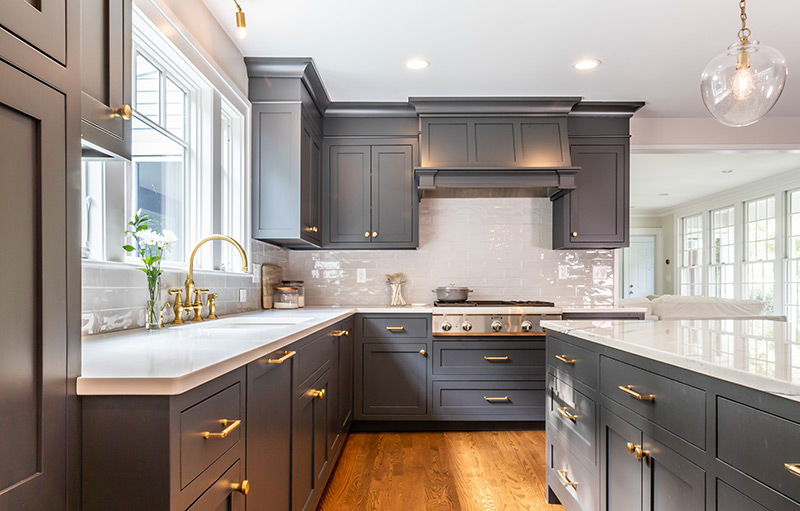
When it comes to decorating our homes, we often dive headfirst into design trends and personal preferences without considering the long-term impact on resale value. Whether you’re planning to sell your home in the near future or simply want to maintain its value over time, avoiding common decorating mistakes is crucial. Let’s delve into some of these pitfalls and explore how they can affect your home’s resale value.
Ignoring the Power of Neutral Colors
While vibrant hues and bold patterns may reflect your unique style, they can be polarizing for potential buyers. Opting for neutral colors like soft whites, grays, and beige creates a versatile canvas that appeals to a broader audience. Neutral walls and decor make it easier for buyers to envision themselves living in the space, ultimately increasing the likelihood of a sale.
Overlooking Proper Lighting
Lighting can dramatically influence the ambiance and functionality of a room. Dark, poorly lit spaces can feel cramped and uninviting, detracting from the overall appeal of your home. Invest in a combination of overhead lighting, task lighting, and accent lighting to brighten up every corner. Natural light is especially prized, so maximize it by keeping curtains sheer and windows clean.
Crowding Spaces with Oversized Furniture
While that plush sectional may be incredibly comfortable, it can overwhelm a small living room and make it appear cramped. Overly large furniture pieces can hinder traffic flow and diminish the perceived size of a room. Instead, opt for appropriately scaled furniture that fits the proportions of each space. This not only enhances the functionality of the room but also creates a more harmonious layout.
Neglecting Curb Appeal
The exterior of your home sets the tone for the entire property. Neglecting curb appeal by failing to maintain the lawn, neglecting landscaping, or allowing the facade to deteriorate can significantly detract from its resale value. Enhance your home’s exterior by keeping the lawn manicured, adding fresh mulch to flower beds, and updating the front door with a fresh coat of paint or stylish hardware.
Personalizing to the Extreme
While it’s important to infuse your home with personal touches, too much customization can backfire when it comes time to sell. Highly specific decor choices, such as themed rooms or overly eclectic styles, may alienate potential buyers who don’t share your taste. Aim for a balance between personalization and universality, allowing buyers to envision themselves living in the space while still appreciating your unique style.
Sacrificing Function for Fashion
Falling for the latest design trends without considering their practicality can lead to costly mistakes. While that trendy open-concept layout may be all the rage, it may not suit your family’s lifestyle or future buyers’ preferences. Prioritize functional design elements that enhance daily living, such as ample storage, efficient traffic flow, and comfortable furnishings.
Cutting Corners on Quality
In an effort to save money, some homeowners opt for budget-friendly decor and finishes that lack longevity and durability. While it’s important to stick to your budget, cutting corners on quality can ultimately diminish your home’s resale value. Invest in high-quality materials and craftsmanship that will stand the test of time, from hardwood flooring to kitchen countertops.
By avoiding these common decorating mistakes, you can safeguard your home’s resale value and ensure that it remains an attractive prospect for potential buyers. Remember to strike a balance between personal style and broad appeal, prioritizing timeless design choices that will withstand the whims of changing trends. Your home is not only a reflection of your personality but also a valuable investment that deserves thoughtful consideration in its decoration.




